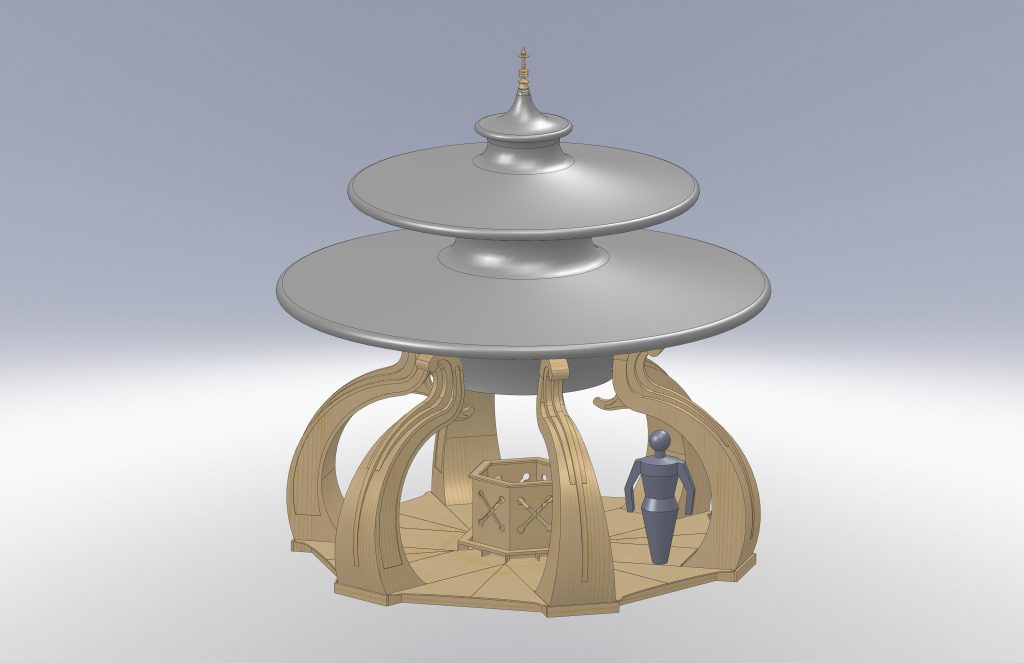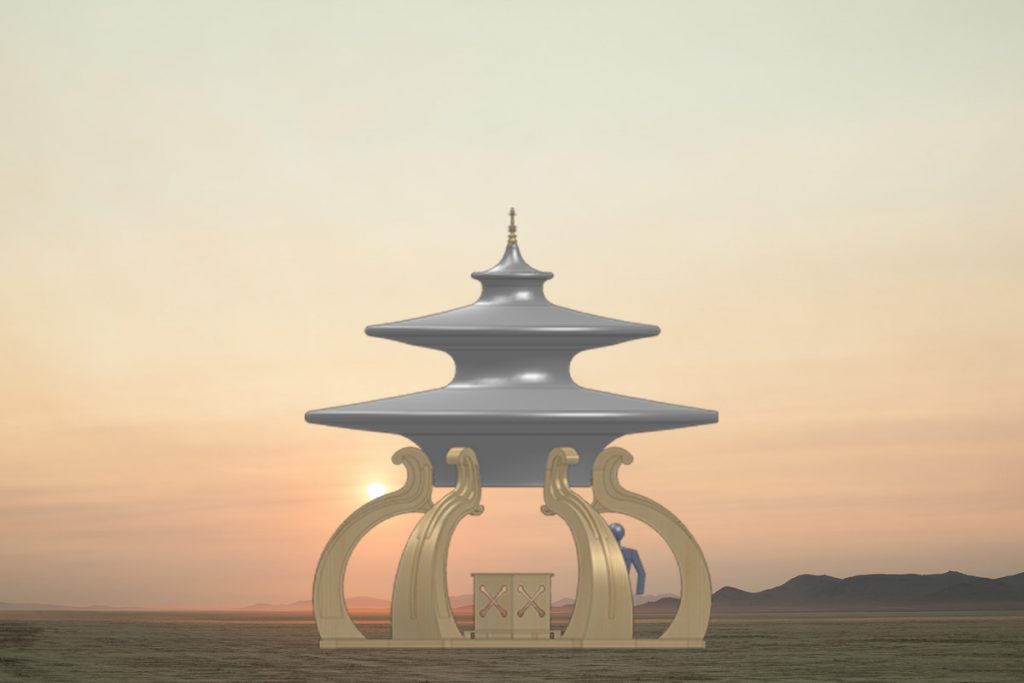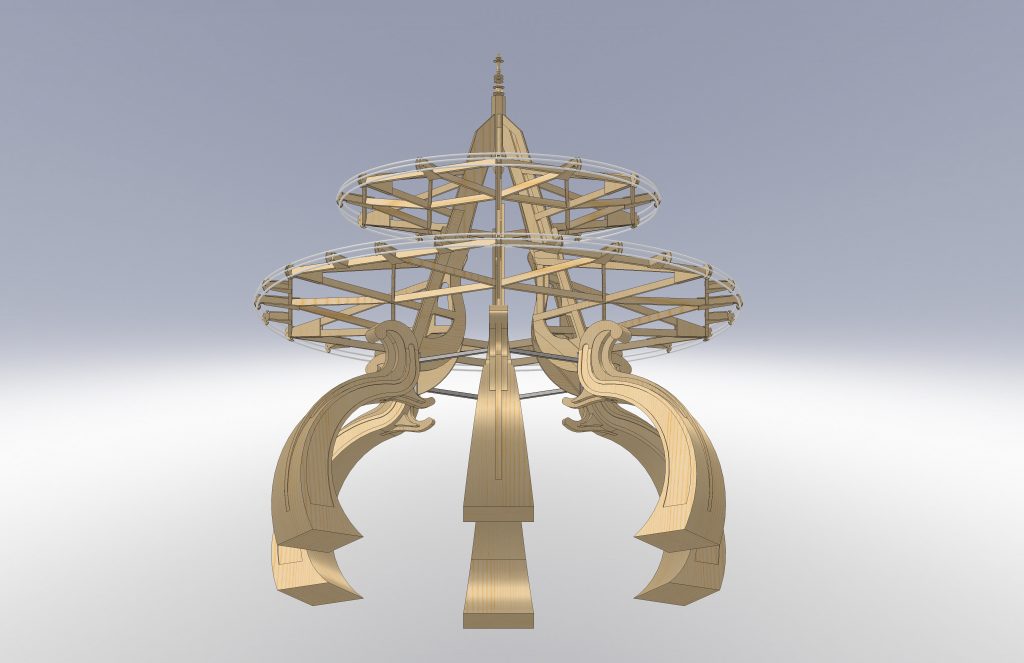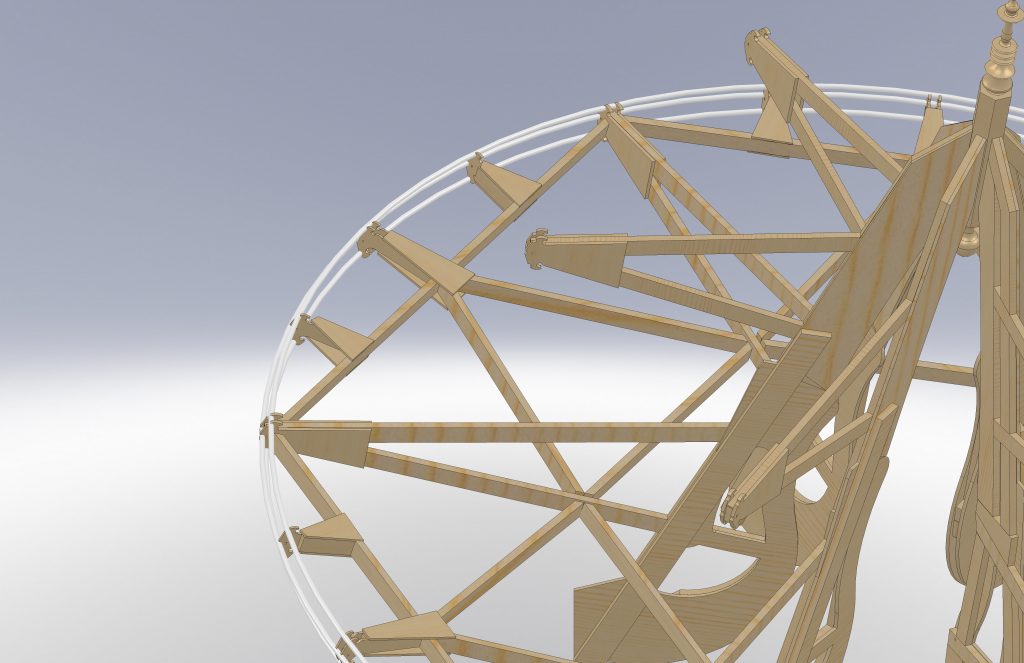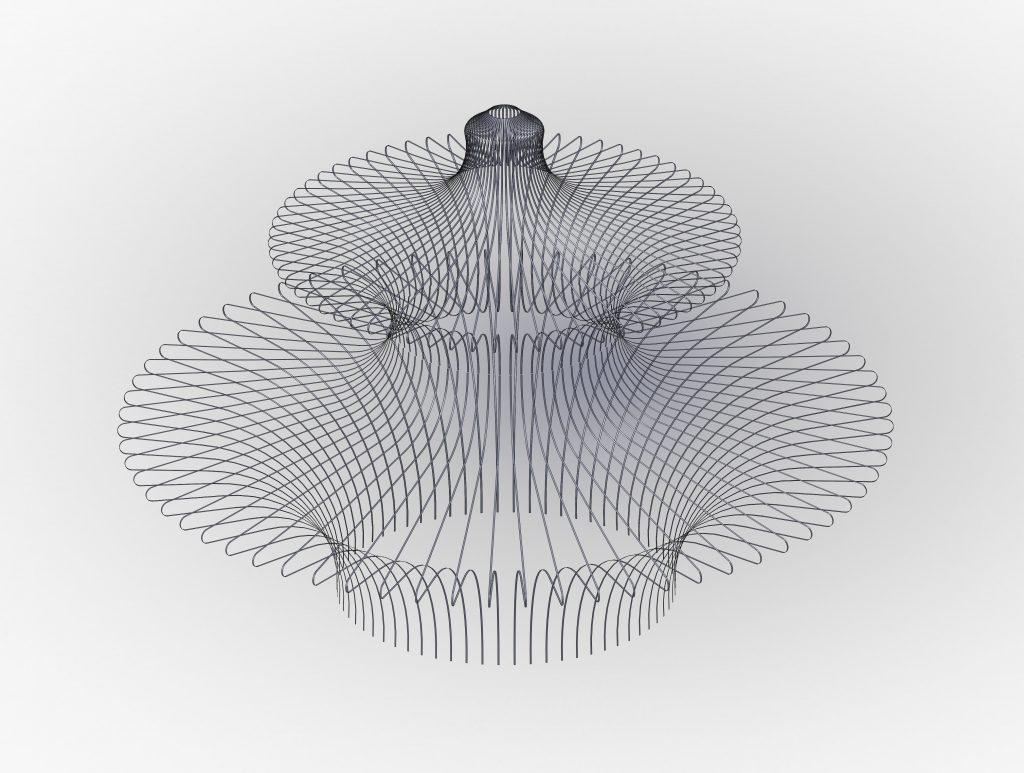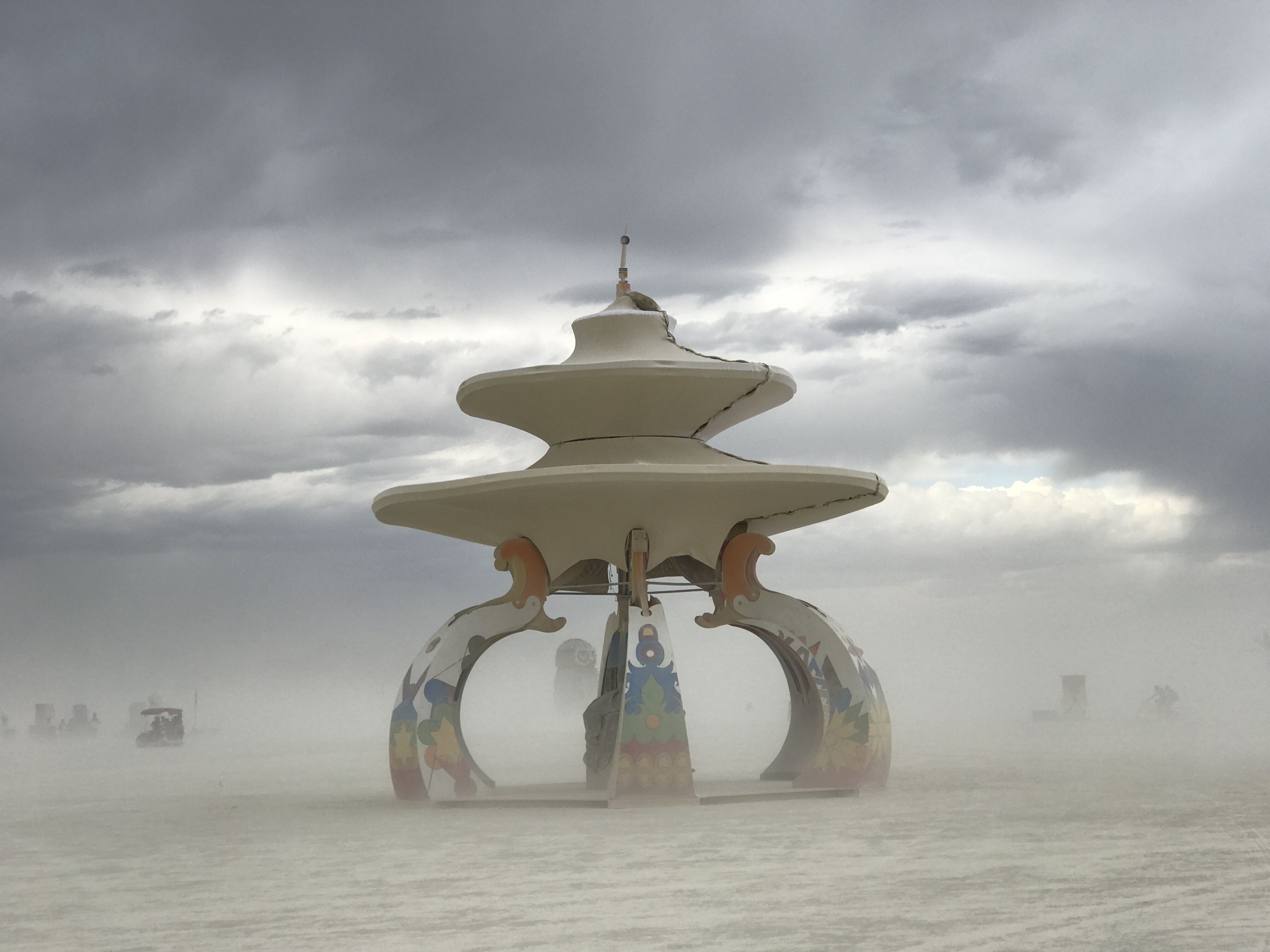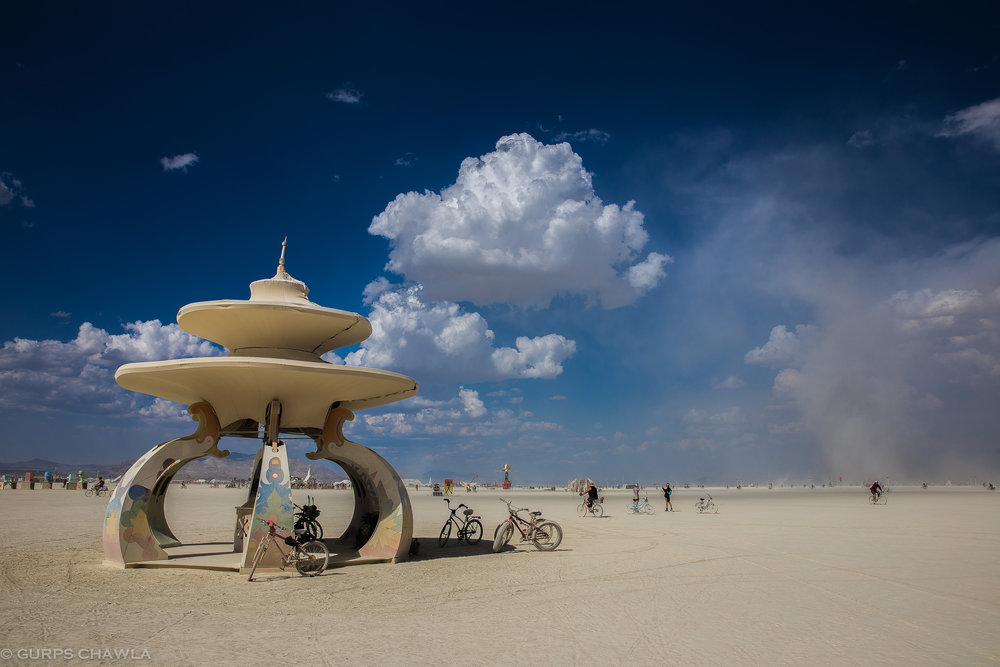2017 House of Enlightenment
This is the work-in-progress page for the 2017 Burning Man Honorarium art project House of Enlightenment.

Design by eHawk
http://eveninghawk.com
So, we had an amazing turnout for our Fun(d)raiser on Saturday, June 24th in Waltham. Just about 100 of you fine folks came on down, had a good time, checked out the art, ate the good food, drank the beer, talked to the people, steamed in the bath, you know, the usual good times. We had about 30 interesting raffle prizes and the drawing of the winners captured the attention of everybody there for sure. Congrats to the lucky winners, including my Mom who won some chocolate…
Thank you to everyone who joined in on the fun and a special thanks to all the amazingly fine folks who worked the door, cooked the food, set-up, broke-down, helped get the word out and all of the many, many tasks that go on behind the scenes to make something like this possible. THEY are the real reason that things like this look and seem so effortless!!!
If you would like to support the project with a donation, OR if you would like to support us AND receive a nifty t-shirt and fly the colors, send us an email via the CONTACT tab at the top right of this page.
Thanks again everybody. We are one step closer to the Playa.
- Oblique view showing floor.
- Tower of Light w/Top
- Oblique view showing framing.
- Shroud ring framing detail
What are We Attempting to Accomplish:
I hope to have a multi-part achievement here. First off, I want people to think about their spirituality and their beliefs. By providing nothing readily connectable to at the center of this obvious place of worship, I want participants to think more about just what it is that they idolize, or believe in. By providing an opportunity for participants to place an object in the center for veneration, it should promote reflection about this. On the other hand, having nothing in the center can help a participant to come to grips with the fact that they alone are responsible for what they do in the world.
Another aspect of this piece is cooperation. Each individual can change the piece by following instructions that are provided in the liturgical literature placed in front of them. By following the instructions of the dogma, they can cause the lighting of the structure to change in response to the level of their faithfulness in reproducing the instructions. However, by working together with their neighbors, they can cause more overall changes to the lighting of the structure, not just their particular section. Thus, by cooperation, participants can cause the entire structure to respond to their actions. Additionally, the prescribed instructions to be found written down are really primers for control. By mastering these, participants should be able to figure out the rudiments of much more powerful methods to control the lighting of the structure.
Interactivity Aspects of the Sculpture:
- Distribution of the 132 LED strips under the Shroud
The basic interaction mechanism, beyond just enjoying its shape and visuals, will be when participants kneel at the pew rails, pull out the liturgical instruction books and begin to attempt to control the lighting environment of the structure. They will quickly realize that, although they can control the section of the lighting dedicated to them, that, if they cooperate with their neighbors, they can together interact with a larger portion of the structure. The intent being that, if all parishioner/participants work together, they can control the entire structure’s lighting as an integrated whole. Also, the instructions that are written down to be followed are really just primers and,once mastered, can be used to generate more complex control algorithms, leading to more detailed and beautiful lighting patterns in the structure as a whole.
First, a couple of definitions are in order; when we utilize the trappings of ritual here we are following in the footsteps of most religious traditions where there are a set of rules, sometimes a call and response, that need to be followed to ensure that all are on the same page and performing the ritual correctly. Because, as we all know, stepping outside the bounds of proscribed ritual are where we get into trouble with established authorities. But, just perhaps we should be encouraged to explore this out-of-bounds space for ourselves and answer these questions in a way that is more self-enlightening.
Dogma: The written down instructions that are provided that is, in actuality, a primer for the control of the structure’s intent, it’s gift of beautiful light.
Liturgical Text: What the Dogma is written down in.
Rites: using the control console to interact with the structure.
Upon kneeling at the central pew, the participant will be presented with a ‘liturgical’ text. From liturgy, from the original Greek: λειτουργία, meaning literally ‘the work of the people.’ When a participant begins to perform the rites, their section, one sixth of the lighted area, will go dark then begin to respond to their inputs. The initial response will begin with illumination rising up the column opposite the participant. As they progress through the dogma & perform the rites, the illumination will grow and spread up until it begins to light up the pagoda top of the structure.
There are 6 zones to the lighting, each corresponding to 2,750, individually addressable, RGB LEDs. Each participant controls their own section of the structure’s lighting. However, once participants realize that they can cooperate and begin coordinating their inputs, the same series of inputs that they performed separately will make the responses more intricate and dynamically colorful.
While, as pleasing and satisfying as this may be, it is limited by having to follow a pre-ordained set of instructions as found in the liturgical dogma. The input devices will be color-coded, and this is how the dogma will be inscribed and presented, with an easy to follow chromic vocabulary.
Other patterns of input are possible, and the goal is that participants will realize that the printed dogma is basically an instructional primer. There will be a way for people to write a visual ‘score’, using colored markers that can then be used to instruct the participants on how to make their inputs. This is when they can begin to experiment and truly discover what the structure, and they, are capable of.
Here are some images of the completed project:
- Photo by Di
- Photo by Gurps Chawla
- Photo by Jeff D
